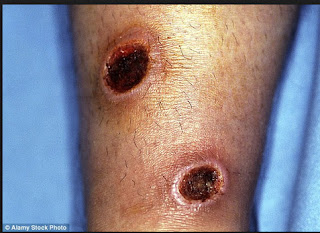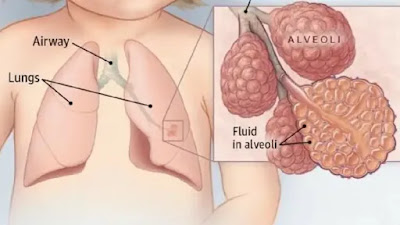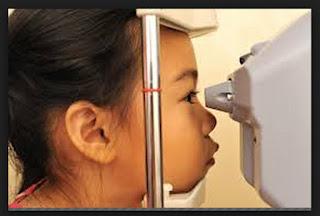Leprosy, leishmaniasis, filariasis ,and other endemic diseases with skin manifestations.
Screening of asymptomatic persons is generally not
recommended. Follow –up of case contacts is recommended, as with any highly communicable
disease. Mall screening is expensive . in endemic areas, it is more rational to
use targeted case-finding by trained primary care workers who have regular
contact with the population at risk, together with public education to promote
self-referral for early detection of characteristic skin lesion (ganapati et
al,. 1984)and the provision of accessible and acceptable general medical
services for the population at risk. Skin manifestations are easily
identifiable by primary care workers, and by an educated public in endemic
regions . ganapati et al. (1984)cite two earlier studies from rural areas in
india to support their point that mass screening may add very little to the
case detection achieved by other methods such as mall public health education.
In settings with access to fairly high-technology laboratory resources, it may
be an option to screen high-risk groups ,such as the relatives of leprosy
patients, with enzyme-linked immunosorbent assay techniques to detect
subclinical disease (britton et al.,1987).opportunistic screening efforts need
to involve indigenous healers as well as orthodox care providers.


